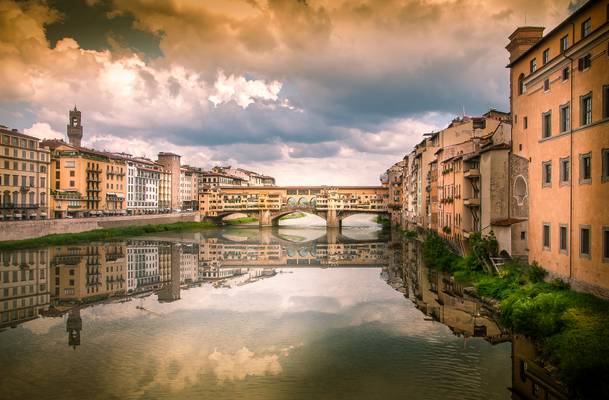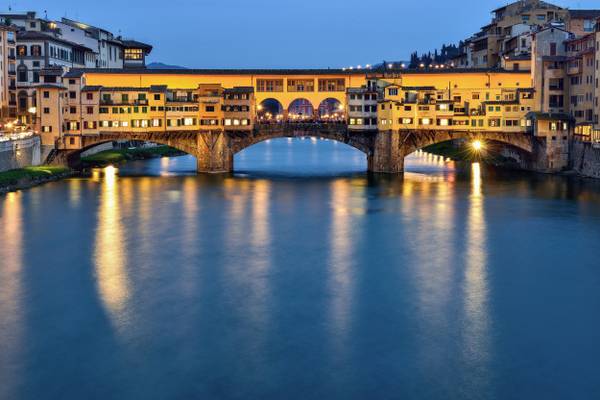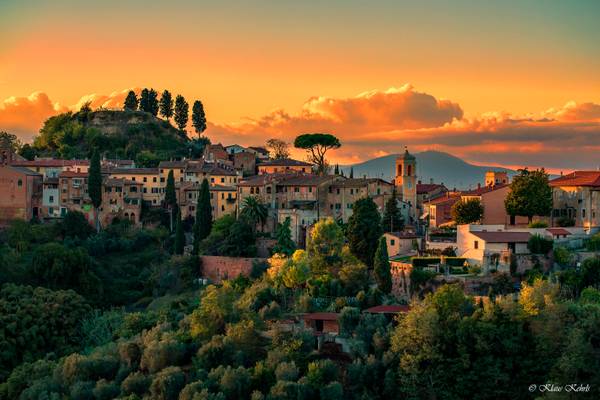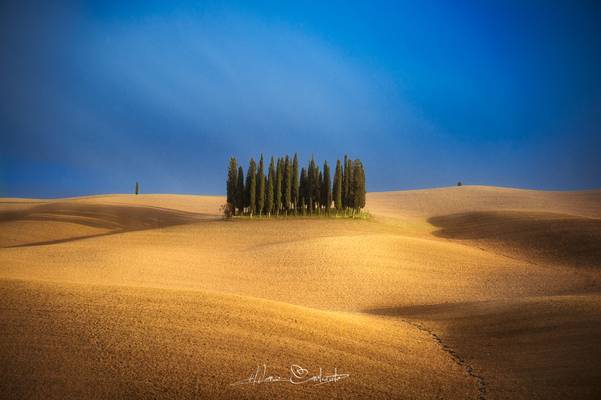
Italy »
Tuscany
Tuscany, located in central Italy, is a region known for its picturesque landscapes, rich history, and cultural heritage. It is a popular destination for photographers, offering a plethora of stunning locations to capture the beauty of the region. From the rolling hills of Val d'Orcia to the medieval towns of Siena and San Gimignano, Tuscany is a photographer's paradise. The region is also famous for its vineyards, olive groves, and sunflower fields, which provide a perfect backdrop for capturing the essence of Tuscany.
Photography regions of Tuscany
Photography of Tuscany

by Joao Eduardo Figueiredo
From Piazzale Michelangelo

by Marco Carotenuto
Amazing sunset in Italy, from Tuscany viaggio fotografico Toscana

by Eduard Wichner
The Piazza del Duomo ("Cathedral Square") is a wide, walled area to the north of central Pisa, Tuscany, Italy, recognized as one of the main centers for medieval art in the world. It is a sacred area, Catholic Christian religion, and it is dominated by four great sacred edifices: the Duomo (cathedral), the Campanile (the cathedral's free standing bell tower), the Baptistry and the Campo Santo (the monumental graveyard). Partly paved and partly grassed, it hosts also other buildings such as the old hospital (now in part the Museum of Sinopias) and the Museum of the "Opera del Duomo" (the Cathedral Square museum]. It is otherwise known as Piazza dei Miracoli ("Square of Miracles").
The Leaning Tower of Pisa (Italian: Torre pendente di Pisa) or simply the Tower of Pisa (Torre di Pisa) is the campanile, or freestanding bell tower, of the cathedral of the Italian city of Pisa, known worldwide for its unintended tilt to one side. It is situated behind the Cathedral and is the third oldest structure in Pisa's Cathedral Square (Piazza del Duomo) after the Cathedral and the Baptistry. The tower's tilt began during construction, caused by an inadequate foundation on ground too soft on one side to properly support the structure's weight. The tilt increased in the decades before the structure was completed, and gradually increased until the structure was stabilized (and the tilt partially corrected) by efforts in the late 20th and early 21st centuries. The height of the tower is 55.86 metres (183.27 feet) from the ground on the low side and 56.67 metres (185.93 feet) on the high side. The width of the walls at the base is 2.44 m (8 ft 0.06 in). Its weight is estimated at 14,500 metric tons (16,000 short tons). The tower has 296 or 294 steps; the seventh floor has two fewer steps on the north-facing staircase. Prior to restoration work performed between 1990 and 2001, the tower leaned at an angle of 5.5 degrees, but the tower now leans at about 3.99 degrees. This means that the top of the tower is displaced horizontally 3.9 metres (12 ft 10 in) from where it would be if the structure were perfectly vertical.

by Matteo Rinaldi
Si consiglia la visione con lo sfondo nero: www.flickr.com/photos/88183551@N00/5441653449/in/photostr...
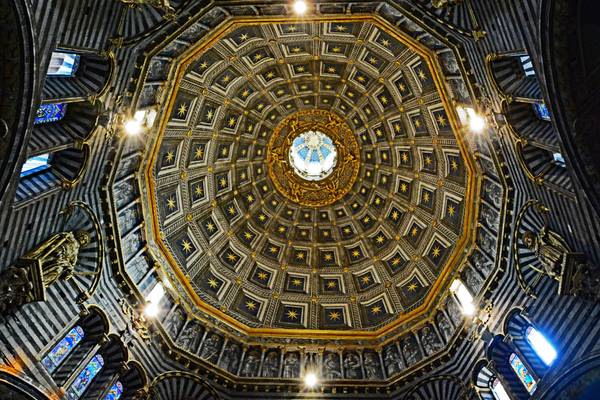
by SIMON Hervé
Cattedrale di Santa Maria Assunta (Interno della Cupola) www.fluidr.com/photos/125601701@N03&opSize=l&opMe...www.fluidr.com/photos/125601701@N03/interesting
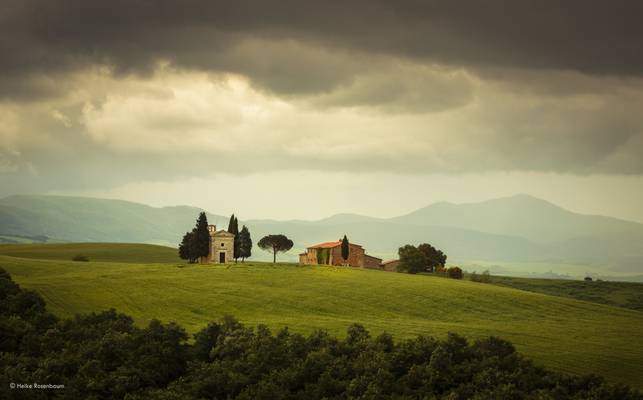
by Heike Rosenbaum
San Quirico d'Orcia, Val d'Orcia
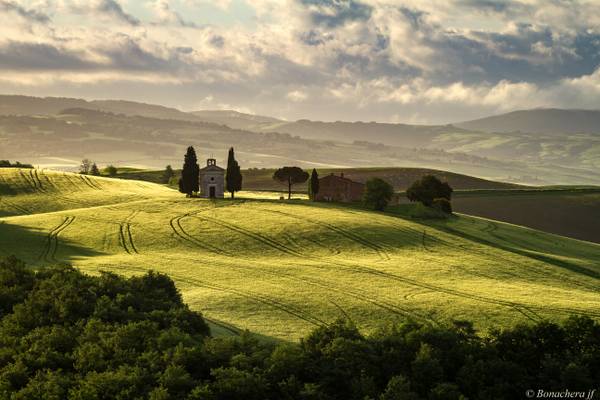
by Jean François Bonachera
La chapelle de Vitaleta
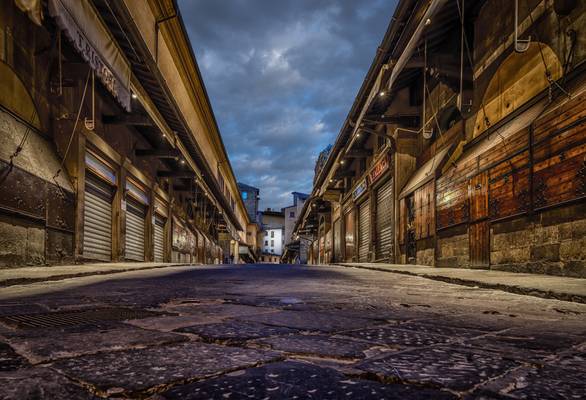
by Mario Calma
Firenze I Italy
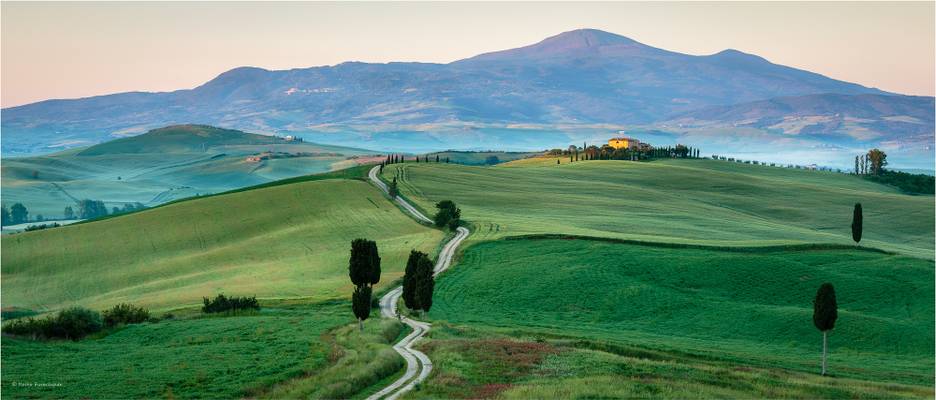
by Heike Rosenbaum
Explore February 9, 2018
Pienza, Tuscany
I really appreciate your kind and positive feedback. A big thank you for every comment. I arrived on my location about half an hour before sunrise. It was still very dark and spooky. You could hear the calls from pheasants everywhere. When the first sunrays hit the farmhouse I made seven vertical shots and stiched them together in post-production.
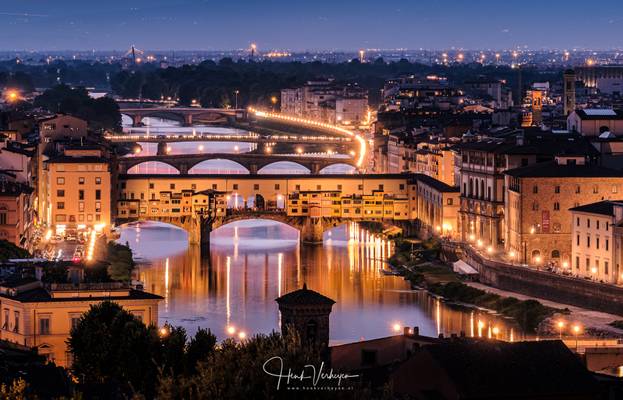
by Henk Verheyen
Florence / Firenze; Ponte Vecchio just after sunset

by Di_Chap
Piazza dei Miracoli, Pise, Italy
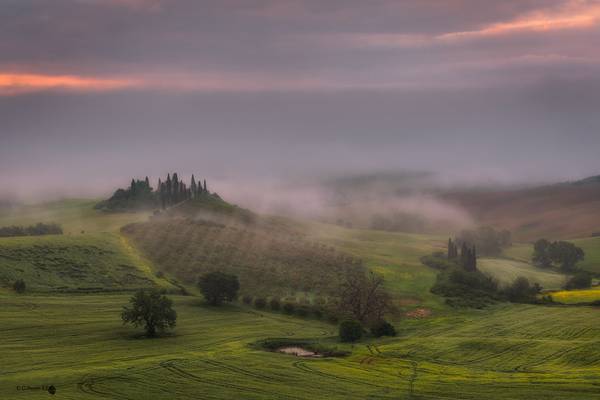
by Amada Terradillos
Amanecer en la Toscana
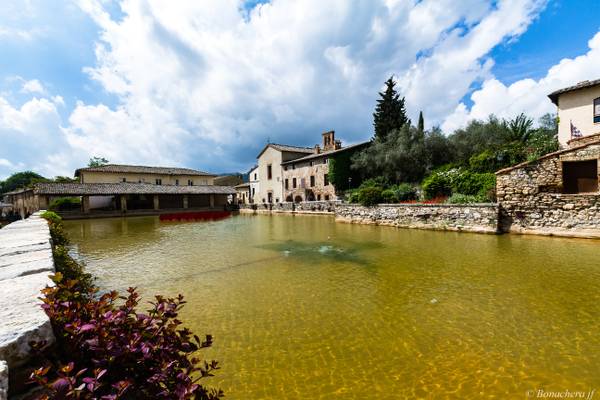
by Jean François Bonachera
Le grand bassin

by Jean François Bonachera
le O de Volterra

by Jean François Bonachera
La cathédrale Sta Maria Assunta

by Heike Rosenbaum
Tuscany landscape at sunrise with a bit of mist
A big thank you to everybody who viewed and commented on my image. This is very much appreciated.
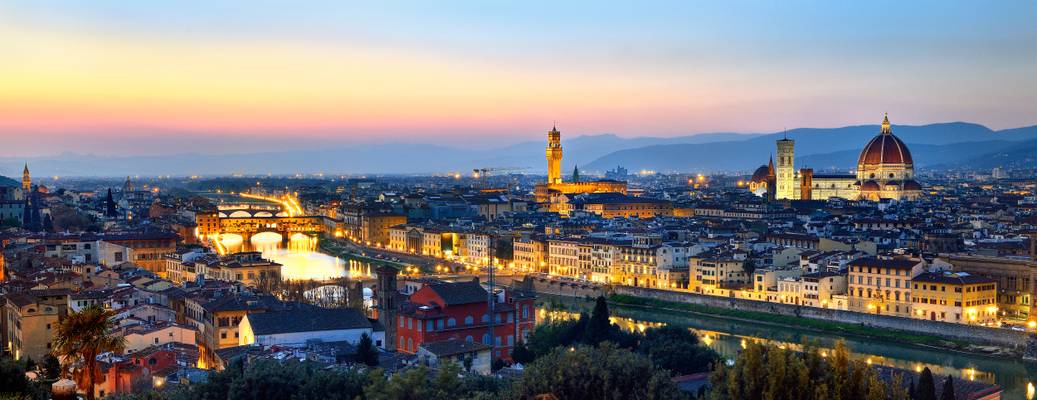
by Joao Eduardo Figueiredo
From Piazzale Michelangelo
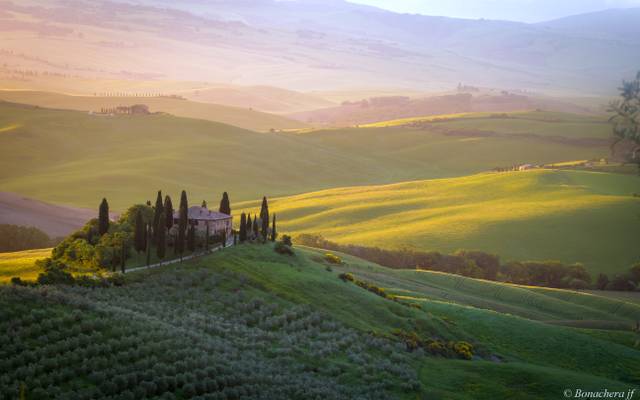
by Jean François Bonachera
Il podere Belvedere au coucher de soleil
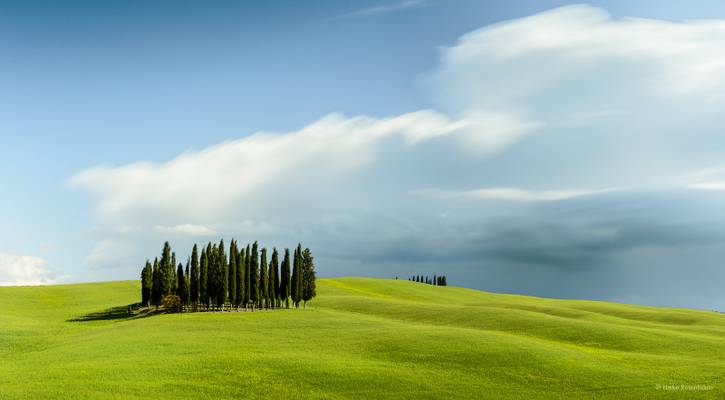
by Heike Rosenbaum
Tuscany, Italy
Thank you to everybody who viewed, commented or faved my image.
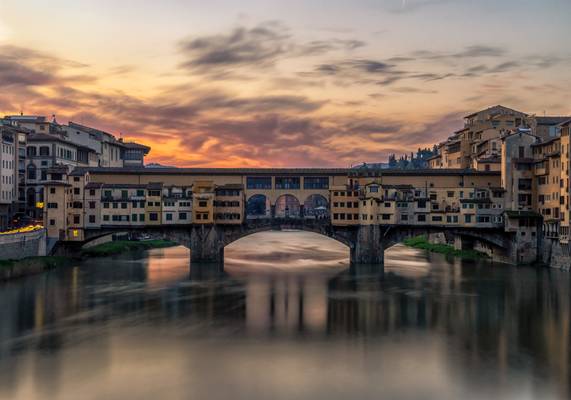
by Mario Calma
Florence I Italy
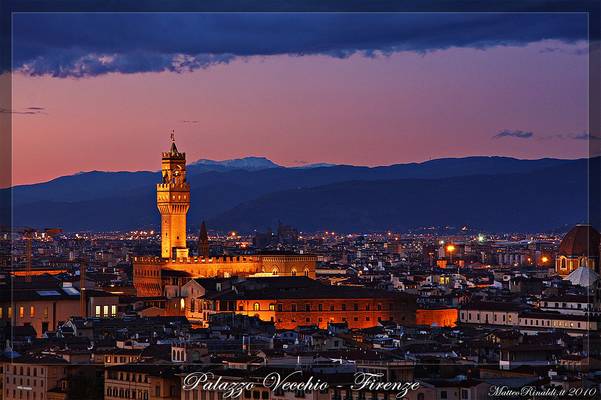
by Matteo Rinaldi
Si consiglia la visione con lo sfondo nero: www.flickr.com/photos/88183551@N00/5441743143/in/photostr...
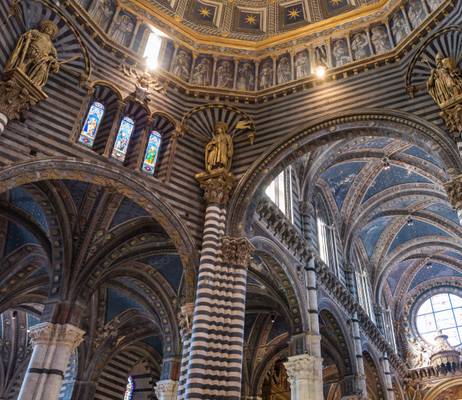
by Di_Chap
Siena, Tuscany, Italy
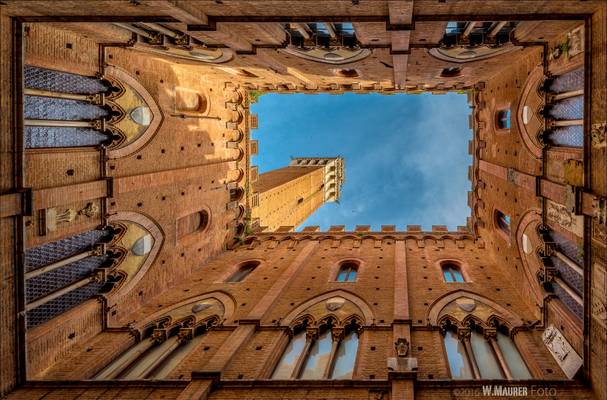
by Walter Maurer
The Torre del Mangia is a tower in Siena, in the Tuscany region of Italy. Built in 1338-1348, it is located in the Piazza del Campo, Siena's premier square. When built it was one of the tallest secular towers in medieval Italy, At 88 metres (289 feet), it is third tallest after Cremona's Torrazzo (112 m) and the Asinelli tower in Bologna (97 m).
Sadly no-one took a shot of me making this photo! I'm sure it looked very funny me lying on the back under the deepest possible position of the tripod and trying to get the focus right. Even too narrow angle with my 15-30mm Tamron, so I cut out the lower part of the yard, to get this nice symmetry. HDR with PS-CC

by Mario Calma
Florence Cathedral
Grand Duke Cosimo I de' Medici decided to have the dome painted with a representation of The Last Judgment. This enormous work, 3,600 metres² (38 750 ft²) of painted surface, was started in 1568 by Giorgio Vasari and Federico Zuccari and would last till 1579. The upper portion, near the lantern, representing The 24 Elders of Apoc. 4 was finished by Vasari before his death in 1574. Federico Zuccari and a number of collaborators, such as Domenico Cresti, finished the other portions: (from top to bottom) Choirs of Angels; Christ, Mary and Saints; Virtues, Gifts of the Holy Spirit and Beatitudes; and at the bottom of the cupola: Capital Sins and Hell. These frescoes are considered Zuccari's greatest work. But the quality of the work is uneven because of the input of different artists and the different techniques. Vasari had used true fresco, while Zuccari had painted in secco. During the restoration work, which ended in 1995, the entire pictorial cycle of The Last Judgment was photographed with specially designed equipment and all the information collected in a catalogue. All the restoration information along with reconstructed images of the frescos were stored and managed in the Thesaurus Florentinus computer system. (Wiki)
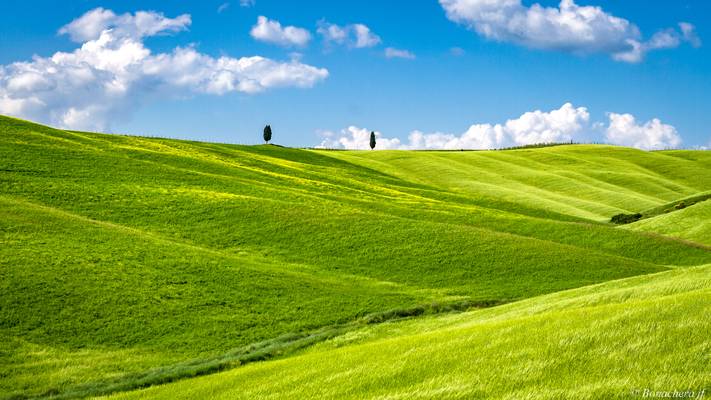
by Jean François Bonachera
circle of cypress..de l'autre coté!
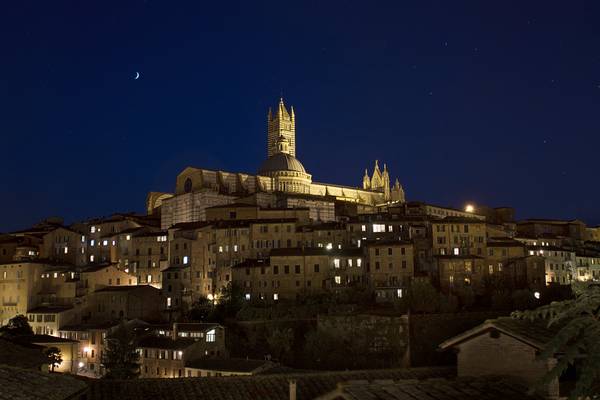
by Michel Couprie
This is a manual blending of three shots at different exposures. As I had no tripod this night, I just put my camera on top of a low wall... Lens: TS-E 24mm f/3.5 L (click to see all my photos with this lens)
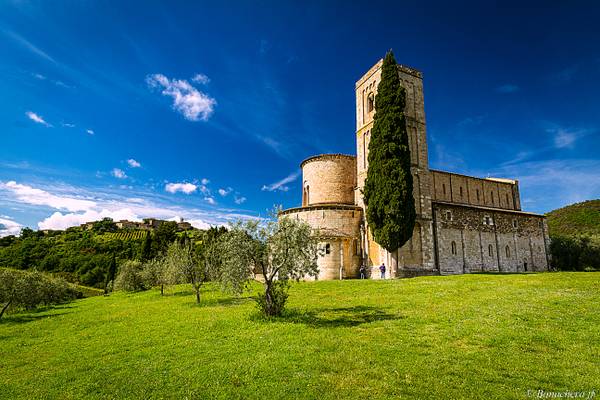
by Jean François Bonachera
L'église actuelle a été construite au début du 12ème siècle, mais les origines de l'abbaye sont beaucoup plus anciennes. La légende fait remonter la fondation de Sant'Antimo au IXe siècle, à l'époque du Saint-Empire romain, dirigé par l'empereur Charlemagne, qui est considéré comme le fondateur d'une chapelle, appelée chapelle carolingienne, et qui correspond à la sacristie
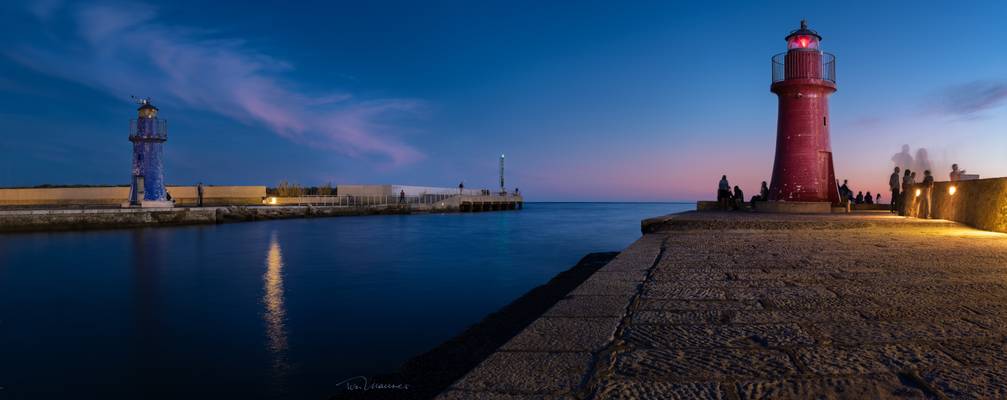
by Walter Maurer
It feels so good to be back in Italy, breathe the fresh sea air and enjoy the Italian way of live again. Finally the borders to Austria are open again and I've got some fresh material to present to you. I spent a week in the beautiful area of the Maremma in the south Tuscany. This lovely lighthouse can be found in Castiglione della Pescaia near Grosseto.
![Seproniano @ sunrise - Toscany, Italy [Explored 25-8-2017]](https://cdn.phoide.com/Thumbs/294f4554-cf5b-443f-8acf-5c8a7ca66eb2.jpg)
by Henk Verheyen
Semproniano is a comune (municipality) in the Province of Grosseto in the Italian region Tuscany, located about 120 kilometres (75 mi) south of Florence and about 35 kilometres (22 mi) east of Grosseto. As of 31 December 2004, it had a population of 1,278 and an area of 81.3 square kilometres (31.4 sq mi).
20170803_Italie zomer 2017_1249
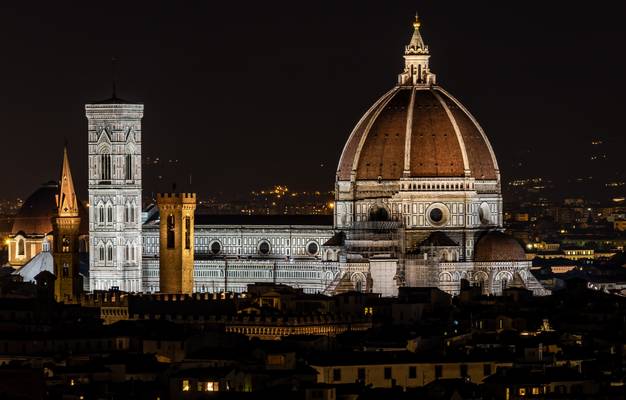
by Mario Calma
Duomo Firenze at Night
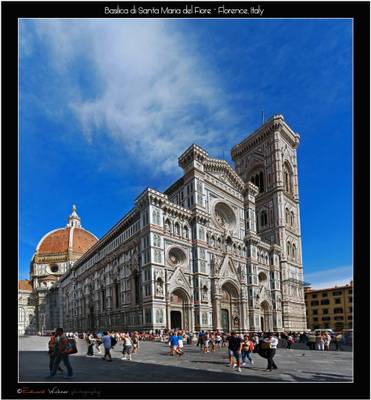
by Eduard Wichner
The Basilica di Santa Maria del Fiore (English: Basilica of Saint Mary of the Flower) is the main church of Florence, Italy. The Duomo, as it is ordinarily called, was begun in 1296 in the Gothic style to the design of Arnolfo di Cambio and completed structurally in 1436 with the dome engineered by Filippo Brunelleschi. The exterior of the basilica is faced with polychrome marble panels in various shades of green and pink bordered by white and has an elaborate 19th-century Gothic Revival façade by Emilio De Fabris. The cathedral complex, located in Piazza del Duomo, includes the Baptistery and Giotto's Campanile. The three buildings are part of the UNESCO World Heritage Site covering the historic centre of Florence and are a major attraction to tourists visiting the region of Tuscany. The basilica is one of Italy's largest churches, and until development of new structural materials in the modern era, the dome was the largest in the world. It remains the largest brick dome ever constructed. The cathedral is the mother church of the Roman Catholic Archdiocese of Florence, whose archbishop is currently Giuseppe Betori.
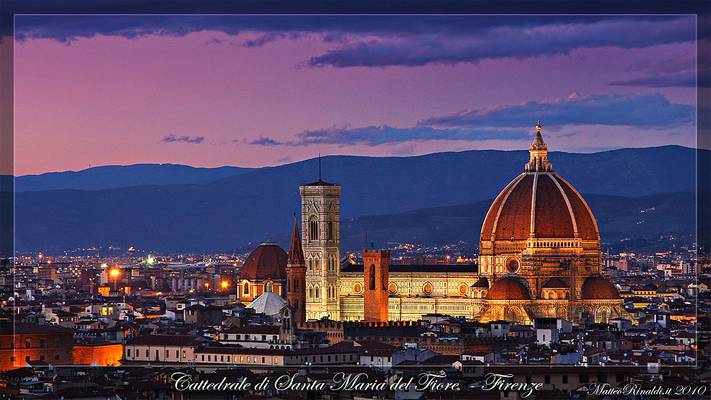
by Matteo Rinaldi
Si consiglia la visione con lo sfondo nero: www.flickr.com/photos/88183551@N00/5441697595/in/photostr...

by Mario Calma
Firenze at Night
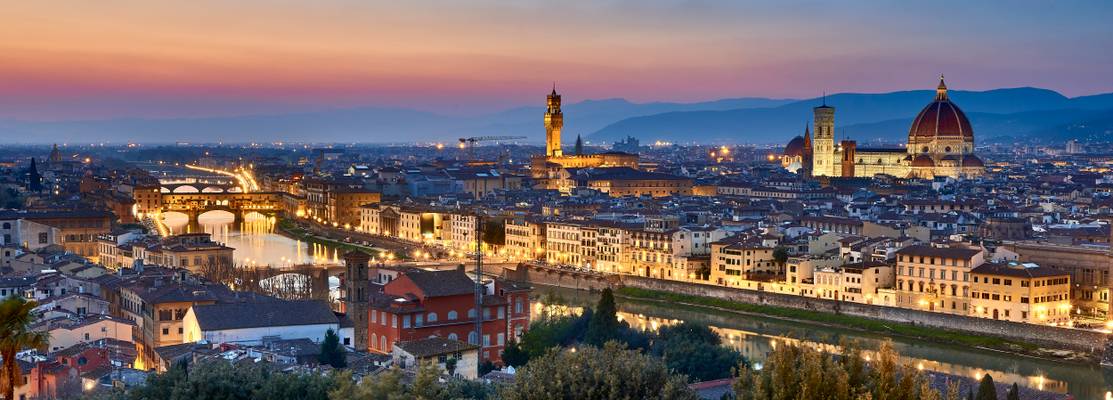
by Joao Eduardo Figueiredo
From Piazzale Michelangelo

by Joao Eduardo Figueiredo
_1JF6412
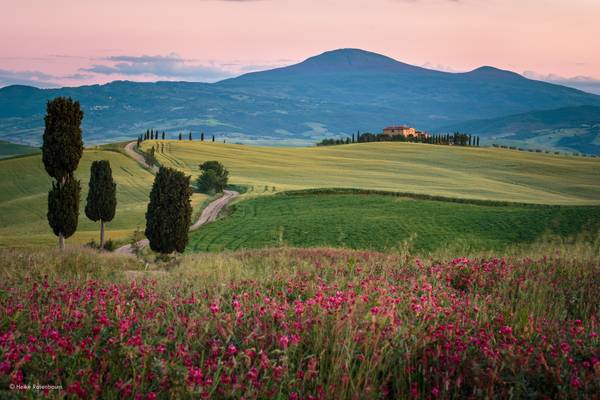
by Heike Rosenbaum
Pienza, Val d'Orcia, Tuscany
Thank you for your visits and comments.

by Michele Naro
Firenze
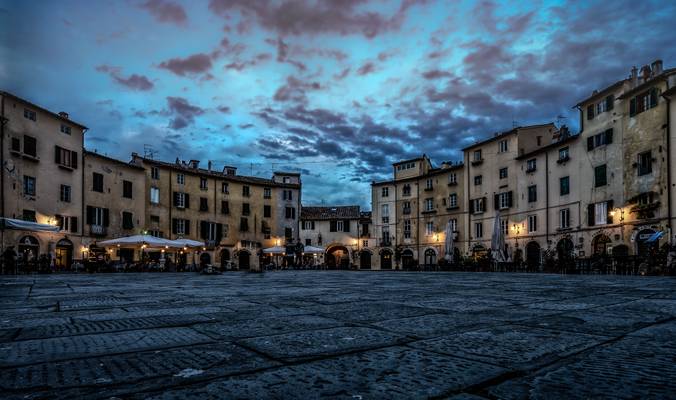
by Mario Calma
Lucca I Italy
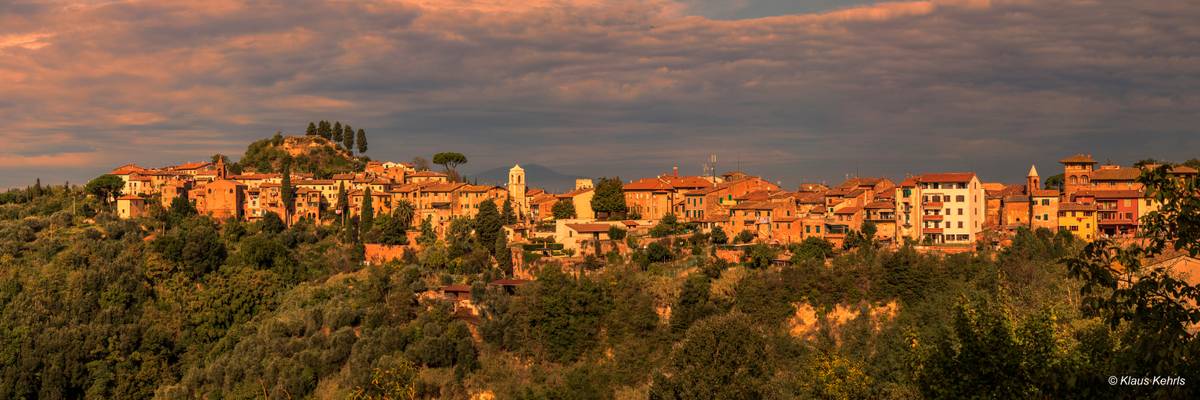
by Klaus Kehrls
Thanks for over 7 million visits
Please don't use this image on websites, blogs or other media without my explicit permission. © All rights
Thanks to all Phoide contributors to Tuscany!
Most notably Jean François Bonachera, Joao Eduardo Figueiredo, Matteo Rinaldi, Salvatore Petrantoni, Mario Calma, Di_Chap, Walter Maurer and Heike Rosenbaum.
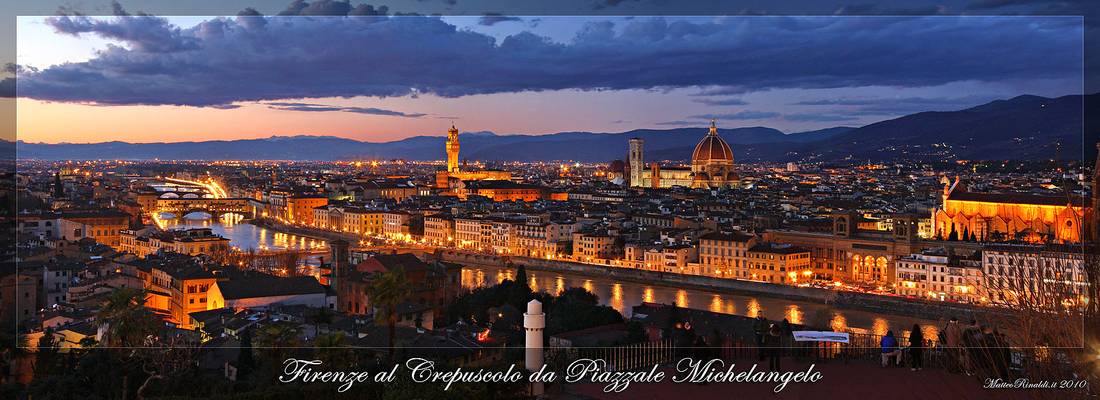
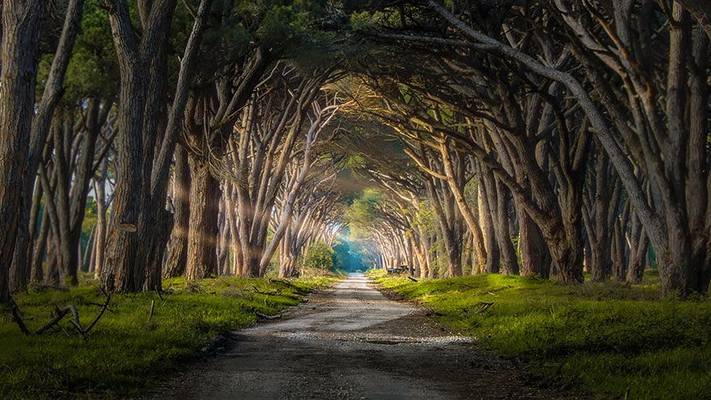
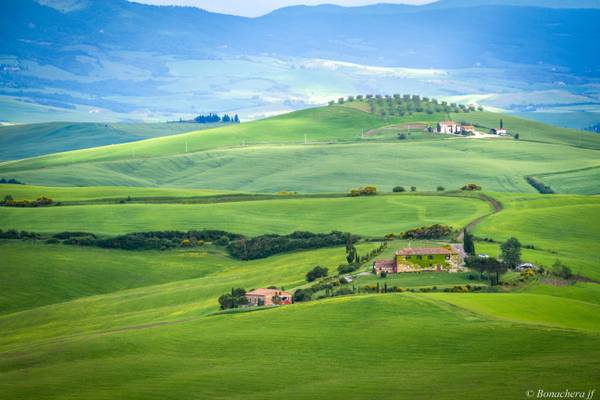
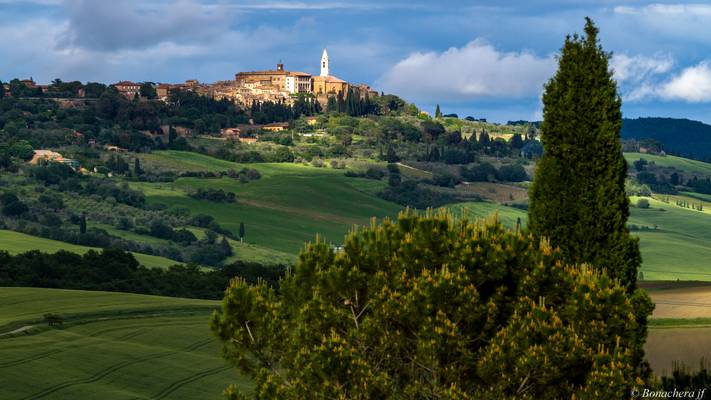
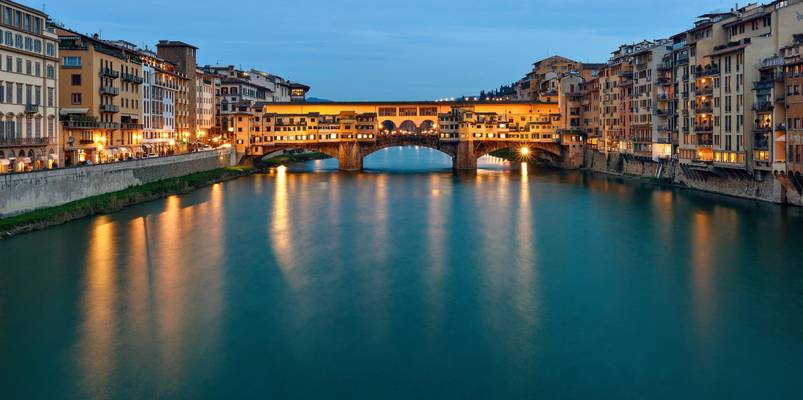
![Tuscany 2012 - Firenze [EXPLORED]](https://cdn.phoide.com/Thumbs/26d69280-7fc4-41cc-9c4e-d35180cb354e.jpg)
